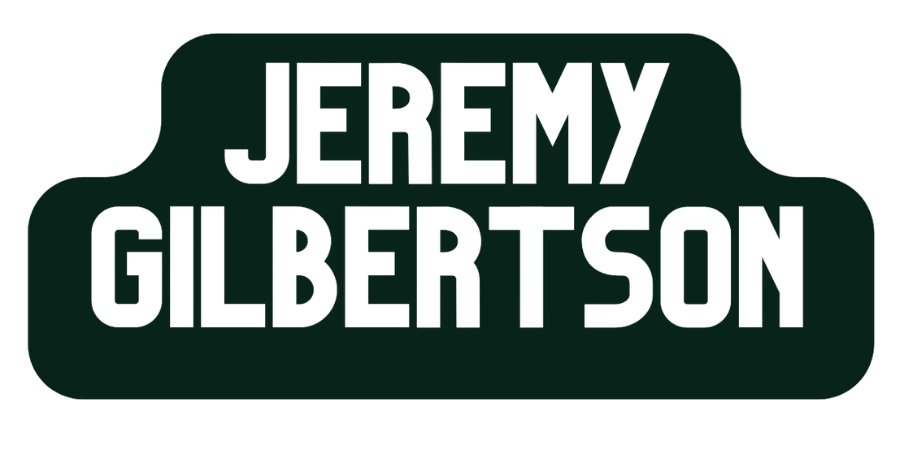History Imagined - Honeybees and Hexagons
The hive is bustling with energy and action as the bees focus on the detailed process of honey making. This place looks like the busiest airport in the world multiplied by 25. Like any other factory, there are detailed processes and procedures to make sure every bit of space, and every second of time is optimized to the fullest extent possible. The brave squadrons of bees returning from gathering nectar begin to organize back at home base. There are signals and small discussions driving the collective energy force within the hive. All factories need a warehouse. In this case, the factory is also the warehouse. At this point, storage has not been standardized, however, the most popular solution is a framework of circular storage devices within the structure of the hive. The bees had to be able to fit into these storage devices to fill them up with nectar. The devices also doubled as a safe place for the queen bee to lay her eggs. This architecture was developed by one of the most influential bees in the hive named Llewellyn. He was known and loved by the entire hive for his confidence and intellectual prominence.
In a very lonely and far off section of the hive, there lived another bee named Mortimer. He was not influential or well-known, in fact, Mortimer was a little awkward but insatiably curious. He was called the problem bee for one main reason. He strongly disagreed with Llewellyn’s popular circular design. His father was a worker bee and he watched his dad leave every morning and return late in the evening exhausted from getting nectar back to the hive. The circular storage design always seemed very inefficient to Mortimer, causing his father and other worker bees to work twice as hard.
With great motivation, he began to experiment with new concepts.
“When you draw circles together”, he thought, “there are always gaps in between each circle. Those gaps can be used to store more nectar. How about triangles? Or squares?”
Awesome … no gaps!
One day when he was working on his research, he heard a tremendous crash followed by lots of screaming. He left his small research area to find that a large part of his hive broke off and fell to the ground below.
Mortimer thought to himself, “Man, all of this tireless work out the window because of the bad structural design. Now my dad and his team have to start all over again to rebuild the hive and replenish the honey”.
Llewellyn’s precious circular architecture was beginning to be received with some skepticism. He still was the most popular bee in the hive, and the rest of the bees were still in his court.
While Mortimer made great progress in determining that squares or triangles were better than circles, he still thought something was missing. Especially with the structural collapse of the hive, his progress just didn’t feel like a real win.
Mortimer stayed laser-focused and added structural integrity to his homework assignment.
Just like any good curious mind, he wasn’t satisfied with the first answer.
He got rid of the wasted spaces between the circles, but these shapes seemed to limit the amount of nectar that could be stored in each one. He was also second-guessing the structural integrity of circles.
Good questions usually lead to more questions, right?
Mortimer thought,
“How could I maximize storage in each of the units?”
“Can using another shape help make our home safer?”
“How can I limit the use of this expensive wax?”
HEXAGONS!
Less use of wax, more compact, better structural integrity, and more storage space.
Fast-forwarding ahead in our story …
Mortimer eventually proved the concept that would eventually change the game for his honeybee brethren. Did he immediately displace Llewellyn’s circular design? Not a chance. Even though it was a far better concept and solved real problems, the masses were intimately committed to the idea of circular design because of their infatuation with Llewellyn.
Selling a new idea is NEVER easy.
It will not be understood.
Old ideas are comfortable and familiar like childhood blankets.
Never be afraid to tell someone why hexagons work better than circles.
